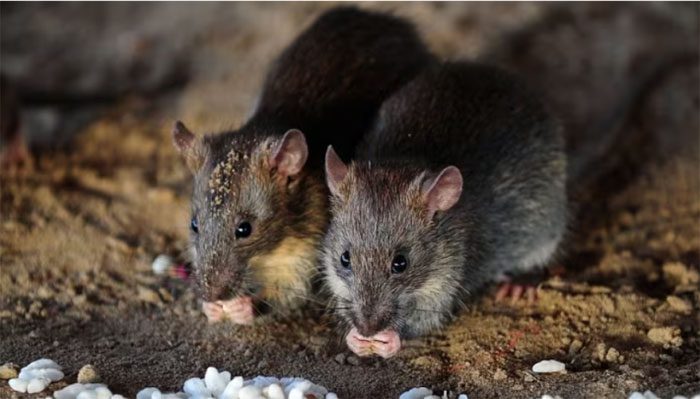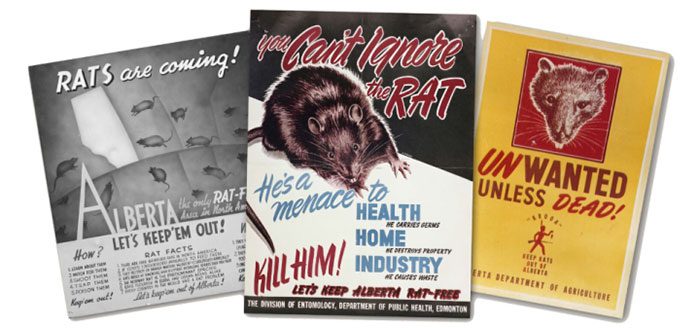Many young people here say they have never seen a real mouse.
Mice are mammals belonging to the rodent order. They are a diverse species that can easily adapt to various conditions, resulting in a widespread distribution. Although they have a short lifespan, mice have a high reproductive rate.
Mice are considered pests because they destroy everything from fields, orchards, and livestock areas to urban settings like restaurants, supermarkets, and households. Not only do they cause damage, but they also contribute to pollution through their droppings, fur, and waste. Therefore, for many people, mice are detestable creatures that are difficult to eradicate.
Except for Antarctica, which is too cold, mice are found in many parts of the world. However, scientists have noted that there are indeed places that have managed to keep mice at bay, making them exist only in books in those regions.

Mice only appear in the books of the people in this region. (Photo: The Guardian).
This region is Alberta. Alberta is one of the 13 provinces and territories of Canada. Located in Western Canada, Alberta is one of the three prairie provinces. It borders British Columbia to the west, Saskatchewan to the east, the Northwest Territories to the north, and the United States to the south. As of July 2022, Alberta covers an area of 661,848 km² and has a population of 4,527,182 people.
Despite its large area, mice have completely disappeared from Alberta since the 1950s. According to the BBC, the Norwegian rat once caused severe destruction in Alberta. This species not only reproduces rapidly but is also formidable as it can swim very well and even eat metal.
The Alberta provincial government quickly launched a campaign to eliminate this rodent. Continuous rat sweeps were conducted. They blocked the entry routes for mice, spread rodent poison around the city, established pest control teams, and cleaned up garbage dumps, farms, and residential areas.

Posters promoting mouse extermination in Alberta. (Photo: The Guardian).
Additionally, everyone was required to attend a course to distinguish between Norway rats and other rodents. The public was informed about the necessity of eliminating Norway rats.
By 1970, the number of locations inhabited by Norway rats decreased from 500 to 50. By 1990, this number dropped to 20, and by 2003, it was nearly zero. The Alberta government remains proactive in controlling mice. The pest control team continues to operate. Residents only need to call a hotline, and the control team will respond promptly. As a result, by 2015, mice no longer appeared in this area. Many residents, especially young people, have never seen a mouse in real life.
However, in the eastern region, where there are about 3,000 farms along Alberta’s border, 1-2 instances of mice incursion still occur each year. Pest control staff are always quick to respond and drive them away.


















































